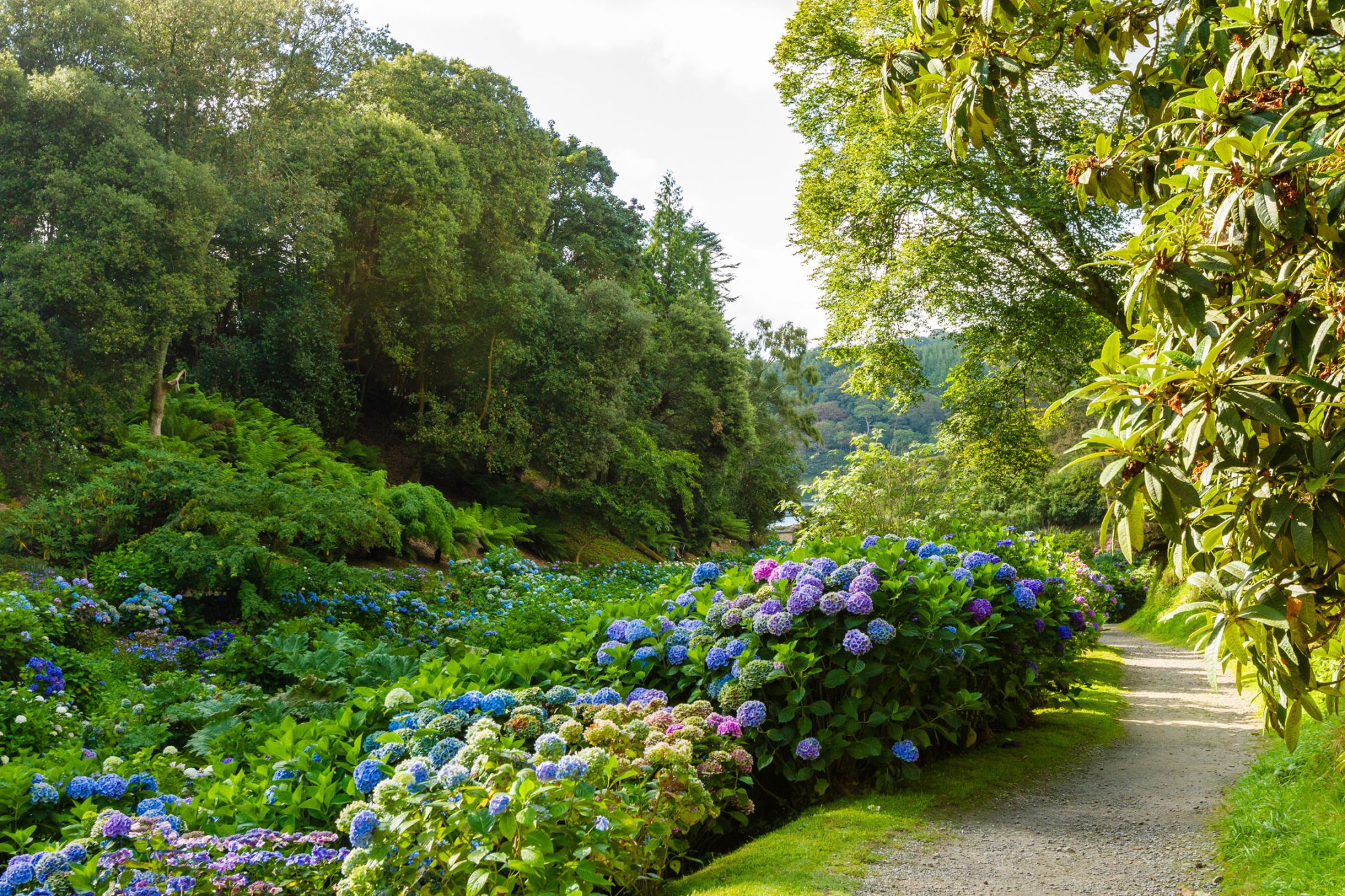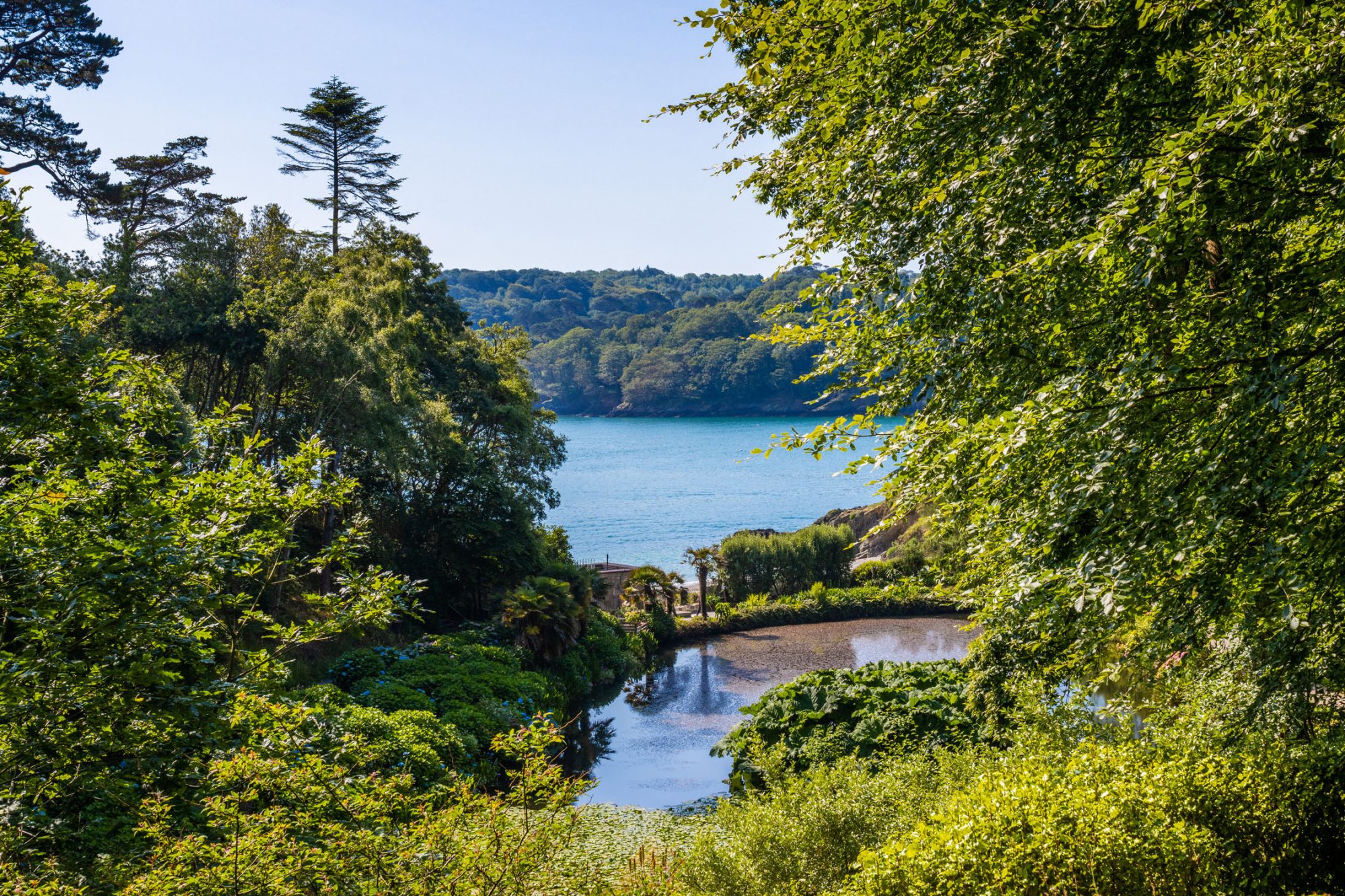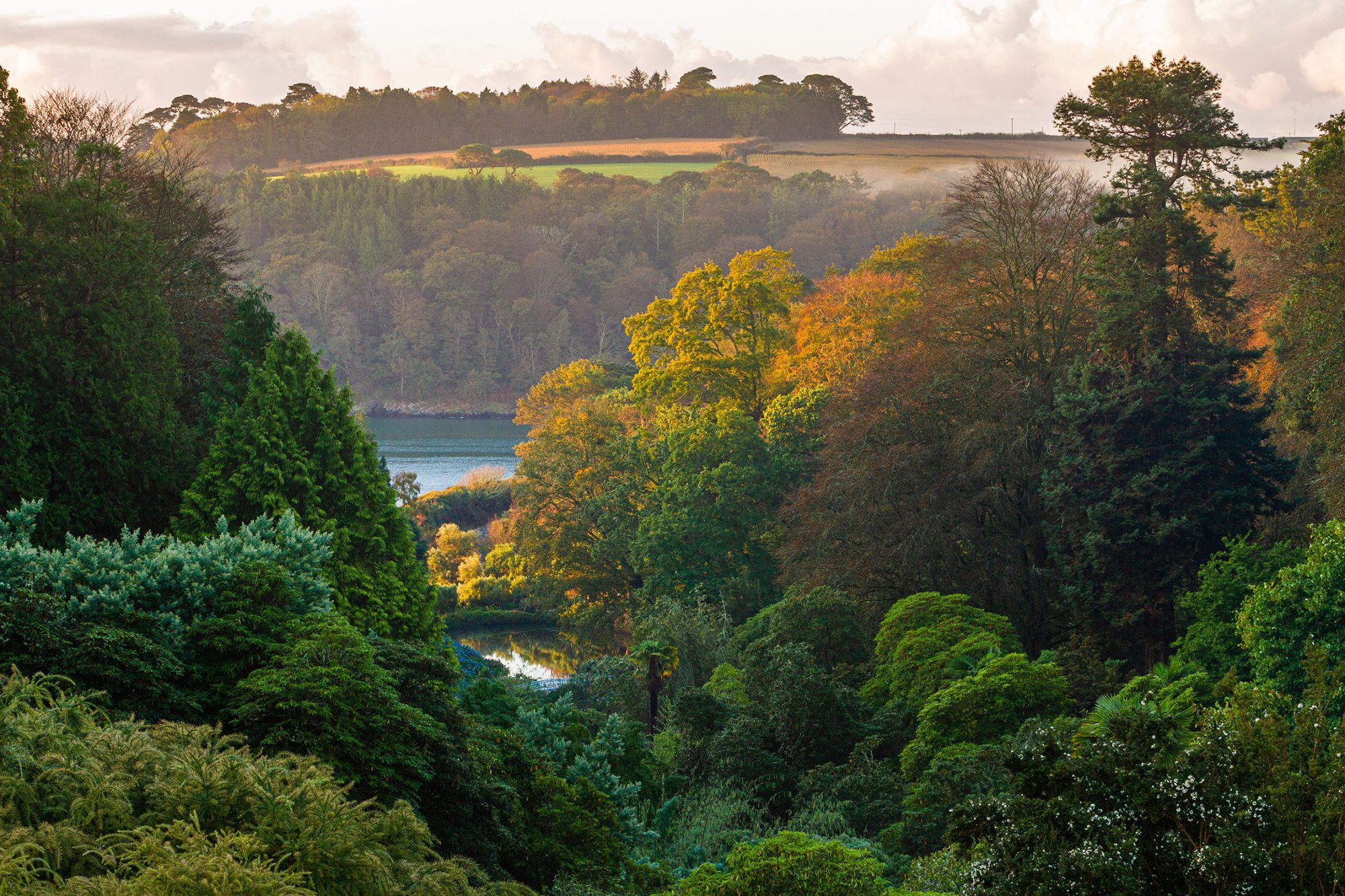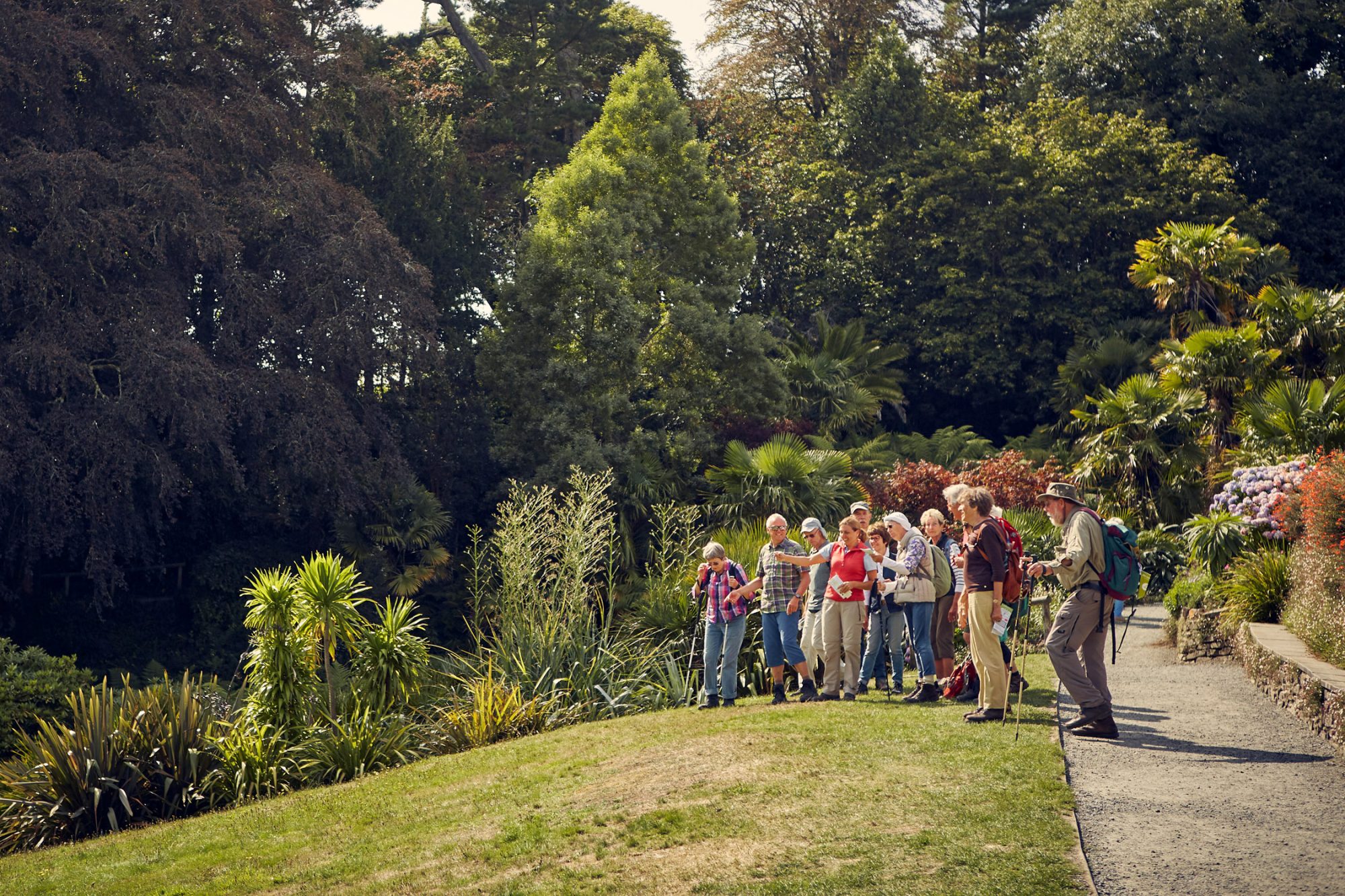Heritage
From notable families in the Middles Ages to wealthy Victorians, the D-Day landings and Donald Healey, Trebah has a rich and fascinating history
Trebah’s written history spans at least 700 years and it has been sold or inherited 12 times since the early 1800s. We are grateful to all the previous owners, gardeners, and everyone connected to Trebah for their stewardship and care in cultivating this valley into one of the best loved gardens in the world.

Earliest records
1313 – 1831
The earliest documentation of Trebah, dating back to the early 1300s.
Charles & Sarah Fox
Owned Trebah 1831-1878
Started the garden and built a new mansion at the head of the valley.


Edmund & Juliet Backhouse
Owned Trebah 1878-1906
Juliet inherited the garden from her father in 1878 and oversaw a golden age of planting at Trebah.
Charles & Alice Hext
Owned Trebah 1907-1939
Continued to expand the plant collection and welcomed some very notable guests.


The War Years
1939-1947
Purchased by Nora MacCaw to get away from World War Two, the war came to Trebah in 1944.
Williams, Martins & Fords
Owned Trebah 1947-1963
A period which saw plants sent to Covent Garden flower market and the end to the Foxes mansion.


Donald & Ivy Healey
Owned Trebah 1963-1971
Trebah was purchased by racing driver and car designer Donald Healey, who used the outbuildings to continue work on his Healey cars and other projects.
Springs & Watts
Owned Trebah 1971-1981
A period which saw plants sent to Covent Garden flower market and the end to the Foxes mansion.


Tony & Eira Hibbert
Owned Trebah 1981-1990
Began a programme of work to develop and revive the garden, before opening it to the public in 1987.
Trebah Garden Trust
Owns Trebah 1990
The Hibberts passed ownership to Trebah Garden Trust, entrusted with the responsibility of running the garden.




